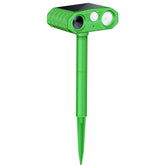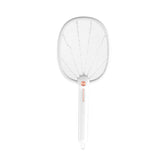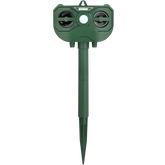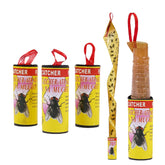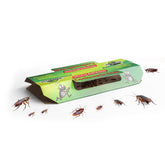Summer is mating season
Many animal species have fixed mating seasons that repeat once a year or several times a year. For martens, mating season lasts from June to August and is also called mating season in hunter lingo. The exact timing depends on the female animal's sexual cycle. When a female fox is ready to mate, she leaves a scent trail in the male mink's territory, triggering a series of key stimuli. Subsequent mating behavior can last for more than 48 hours, and multiple matings can occur.
The fertilized egg first migrates to the lining of the uterus where it spends the winter. This process is called seed dormancy or lecture time. It is not until February that the eggs develop further and the animal actually begins its gestation period.
Offspring: development of young
After a gestation of about a month, females give birth to an average of 3 pups between March and April. They were born blind, naked and only 15 centimeters tall. Over the next 6 months, the female mink will raise the pups, provide them with food, and prepare them for the outside world. Offspring initially leave the nest with only their mother. It's not until 4 months old that these little animals explore on their own for the first time. They now spend a lot of time running around and playing. This way they train their hunting skills.
It's autumn. The young are independent enough to stand on their own paws and are looking for their own territory. Meanwhile, the vixen is already preparing for her next mating. By the way, male minks have nothing to do with raising offspring, only mating.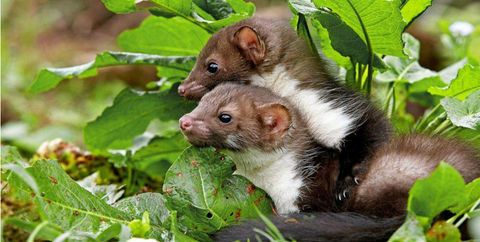
Increasing marten damage to cars
During the mating season, martens are more active than usual and leave their own territory more often. As a result, territorial fights increase in summer and the number of reported marten damage to cars also increases. Engine compartments are a popular hiding place for martens and are often affected by disputes. The territory markings placed there attract foreign martens. These react aggressively to the competing scent, gnaw at the vehicle parts and damage them.
To reduce the risk of marten bites, a marten spray can be used. The spray blocks the animals' scent trails and also has a deterrent effect on them. The use of special high-voltage systems is also very popular with car owners.
Marten nest discovered with young, what now?
Stone martens predominantly live near human settlements. There they find enough food and nesting places to protect themselves and their offspring from the weather and enemies. Barns, old walls, piles of wood or stones and of course attics are particularly popular.
If a vixen and her young have nested under the same roof, there will be loud rumbling and clattering by midsummer at the latest. Then the young ones start to explore the surrounding area, play and run around.
It's understandable that homeowners want to get rid of the uninvited guests as quickly as possible in such a case. But be careful! Under no circumstances should the mother marten be forcibly separated from the young. Without them, the offspring die miserably. That's why the closed season is from March to mid-October. During this time, martens may not be caught or hunted. Only scaring away animals is still permitted in Germany. In this regard, among others: Electronic marten repellent devices that use ultrasound or flash light have proven themselves. The marten mother must have the opportunity to clear the nest in peace and change the territory with her young. If you disturb her or if she sees herself and her offspring in danger, things can become dangerous. Under extreme circumstances, martens also attack people and can cause serious injuries with their sharp teeth.
Conclusion
During the mating season in summer, martens are increasingly on the move and also cross foreign marten areas much more often. In autumn, the young martens also leave the nest and go in search of territory. From June to October there are more and more conflicts between competing conspecifics and territorial fights.
Attics and cars remain popular hiding places for animals. To prevent young animals from nesting there, it is advisable to take appropriate measures in good time. But beware! The closed season is from March to mid-October. During this time, martens should only be scared away. Otherwise there is a risk of high fines of up to €5,000 (catalogue of fines).









